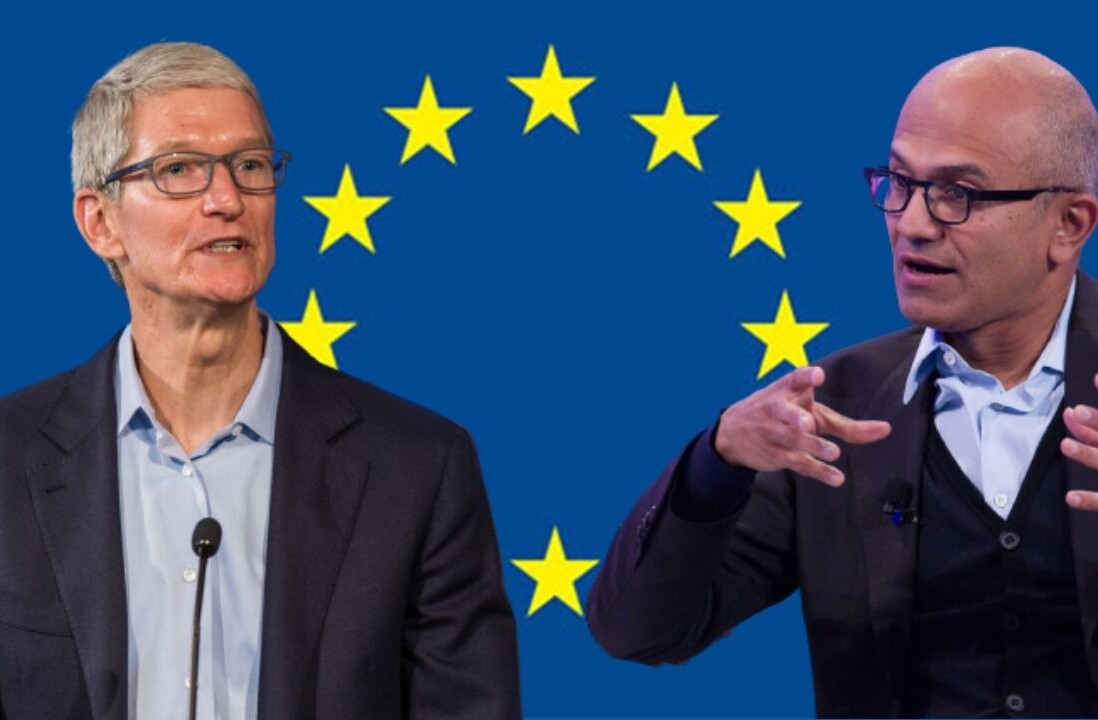
Launching last week, Apple’s new iOS 6 software has been very well received; of the 400 million iOS devices in the wild, over a quarter of them have already updated to the new firmware and enjoyed many of the 200 new features present in the OS (just don’t mention Maps).
While many of the features iOS 6 are customer facing, Apple has worked had to make it easy for developers to integrate its new services into their websites and existing platforms.
Take Passbook as an example, if the brand or business understands the feature correctly, passes can be automatically added to a user’s Passbook wallet, deliver notifications, remain location aware and increase the brightness of a device’s screen to ensure passes can be scanned easily.
Apple has also begun making the new features in its iOS 6 platform directly available to advertisers. As part of its iAd refresh, Apple has enabled a number of iOS 6 specific features in its advertising platform, taking its service beyond the normal ‘click and visit’ banner ads that you may see delivered on mobile websites.
Yesterday, Apple updated its ad creation tool: iAd Producer. Updating it to version 3.1, Apple included the following new features:
- Follow on Twitter
- Save a Reminder
- Save a pass in Passbook
- Creating messages with SMS attachments
- Support for building ads that access an advertiser’s web site.
- Medium banners available for iAd projects delivered to iPads running iOS 6.
- iAd JS updated to version 1.6.1.
While some of the new features are platform-specific, most of them directly impact how an iOS device owner interacts with the iAds they come upon in supporting apps.
Take ‘Follow on Twitter’ as an example; Apple has integrated both Twitter and Facebook into its core operating system, meaning that if an advertiser chooses, they can include a ‘Follow’ call to action and allow users to follow their brands or businesses on the social network.
Note, if it wasn’t for Apple implementing a single sign-on for Twitter, the process would be troublesome for the user. Without this feature, users would be required to authorise their accounts using Twitters oAuth, adding friction to the process. More friction equals less conversions.
The same goes for Reminders. Advertisers were already able to bundle calendar events, send emails, place calls, take screenshots, set wallpaper, save images and take photos. Now, Reminders can be added for a certain date and time, but also include support for a specific location.
Passbook
Perhaps the biggest addition to the list is the inclusion of Passbook support. For advertisers, this could be a very interesting development.
Often, an advertiser will choose to run a promotion, perhaps choosing a small banner ad that will run at the top or bottom of the screen and alert users to a “Buy two cheeseburgers and get one free” offer. As it works now, the user clicks that banner, visits the retailers website, enters his/her details and then receives a coupon via email.
With Passbook, it’s a case of discovering the user’s location, pinging its database for the relevant coupon and then serving it to the user. The coupon will display the retailer’s branding, offer details and other relevant information to the user and all they have to do is hit ‘Add’ and it is saved to their Passbook.
If that offer isn’t time sensitive, it could reside in a user’s Passbook until they are physically passing the participating store. Passbook’s location-aware features kick in and BOOM, a notification is served, pass displayed on the user’s lockscreen and someone has the chance to redeem their “Buy two cheeseburgers and get one free” offer when they might otherwise have forgotten about it.
A boost for iAd?
Apple’s doesn’t often comment on its iAd platform, making it hard to determine whether it is a successful division within the company.
Apple’s VP of Mobile Advertising, Andy Miller has jumped ship to VC firm Highland Capital and been replaced in an interim fashion by Apple’s VP of Internet Software and Services, Eddy Cue. Then in January, Apple hired on a full-timer in ex-Adobe executive Todd Teresi to head it up.
In April, Apple sent out a notice to participants in its iAd program that it would give 70% (up from 60%) of the revenue earned from an ad displayed in an app to the developer. The change was seen as a continuation of Apple’s efforts to jumpstart the adoption and use of its iAd service.
On its website, Apple offers some usage statistics, many of which are of the wider iOS ecosystem, but it does note that users engage with iAd ads for an “average of 60 seconds per visit.”
Apple prides itself on its iAd technology, highlighting that it is built into its iOS software. This enables advertisers to push app or iTunes downloads, compose SMS and email messages and have them delivered to a targeted address, deliver 3D graphical interfaces, load video and audio within an app and share content.
Facebook has already shown that if you don’t focus on mobile first, it’s a long process trying to adapt your existing products and services to work on mobile and resonate with mobile audiences. In this sense, Apple has been quietly collecting advertising data and tuning its service since it launched iAd in 2010.
With the inclusion of Passbook support, Apple has removed a number of barriers that have traditionally stopped users from interacting with mobile advertisements. Press, add and redeem is a lot easier than having to complete a web form and then find and redeem it when it hits your email.
Apple put a lot of effort into making its Passbook feature operate silently, it’s not an app that requires direct interaction. Instead, it waits and captures any supported coupons or tickets and throws out reminders, based not only on time but also location.
Reminding users they have a ticket or coupon is half the battle, advertisers will surely be interested in pursuing campaigns a platform that will deliver dates, times, locations, offers and lots of other information with little or no interaction on their part.
Image Credit: Justin Sullivan/Getty Images
Get the TNW newsletter
Get the most important tech news in your inbox each week.





